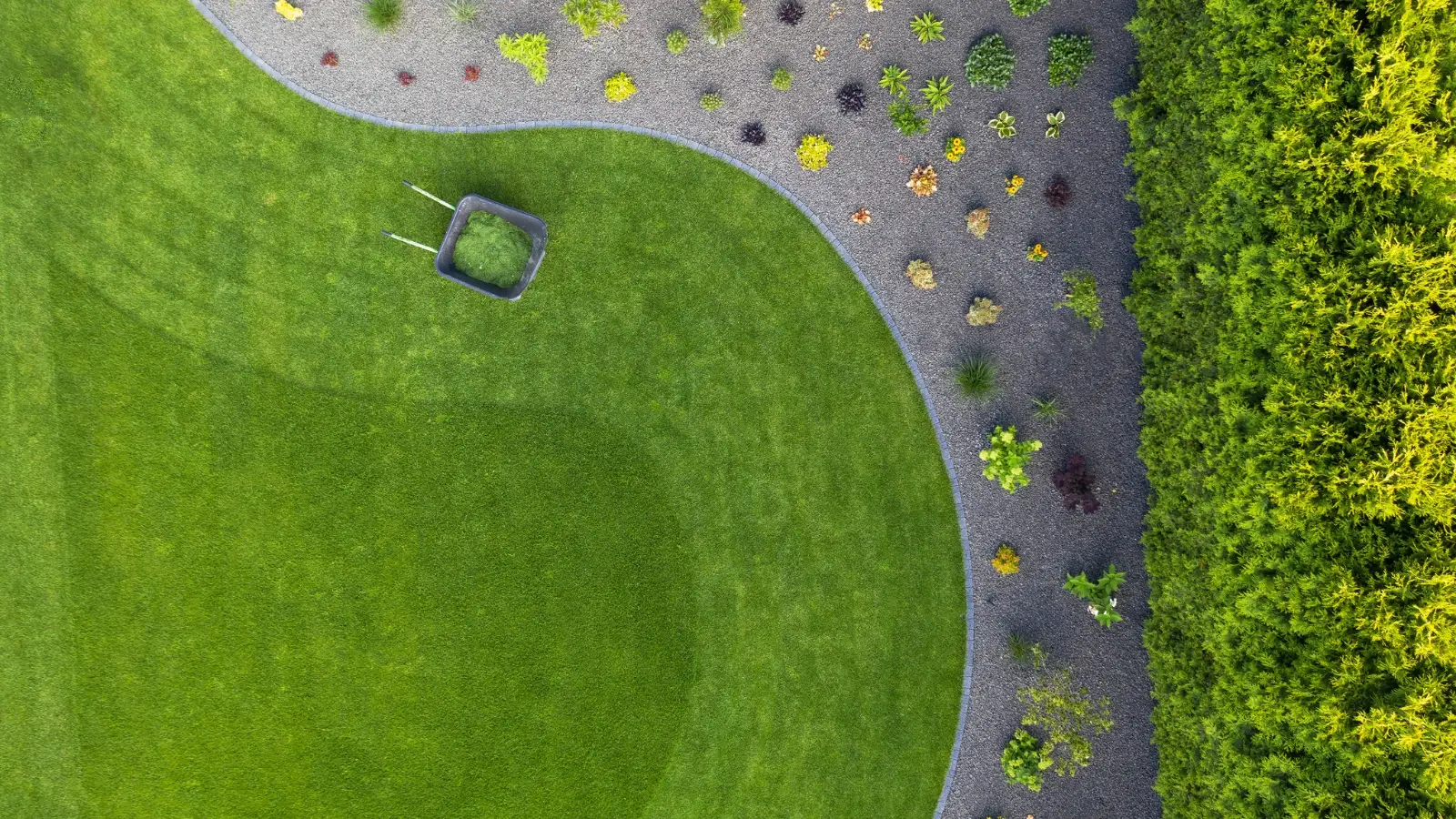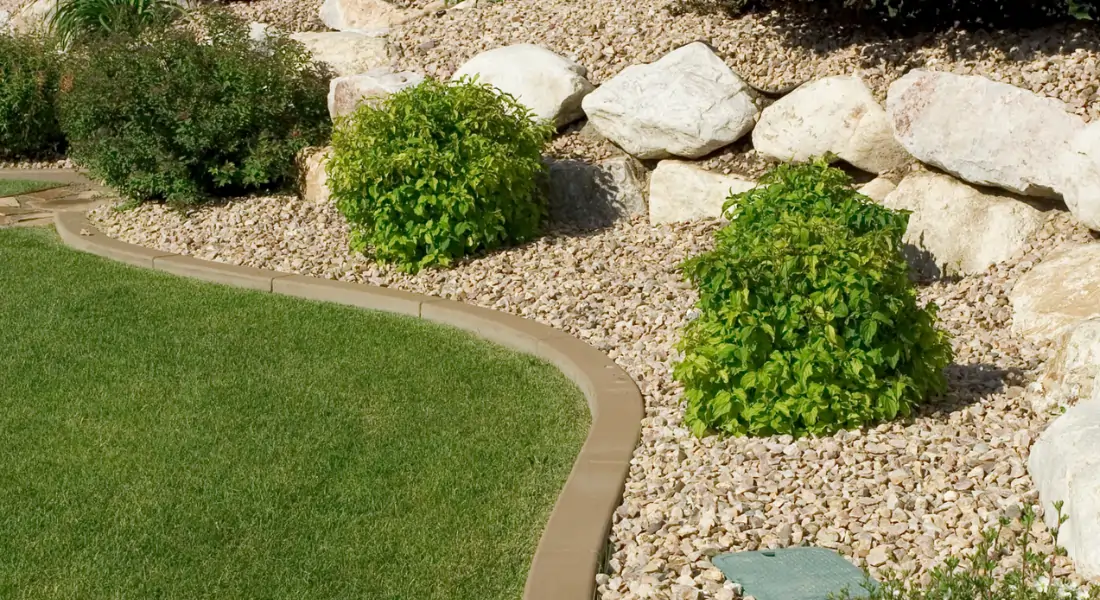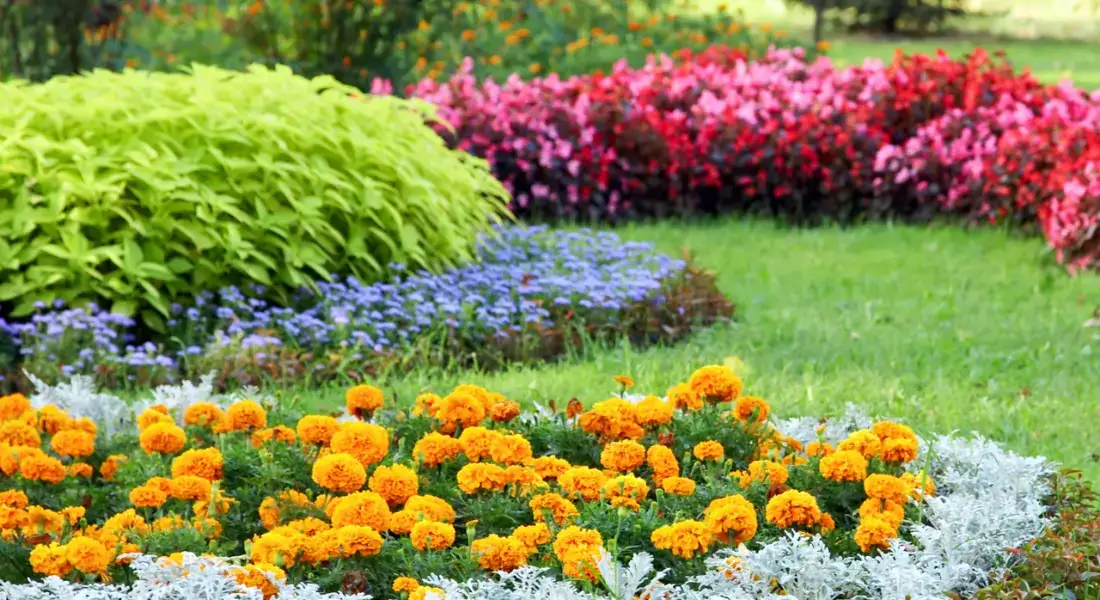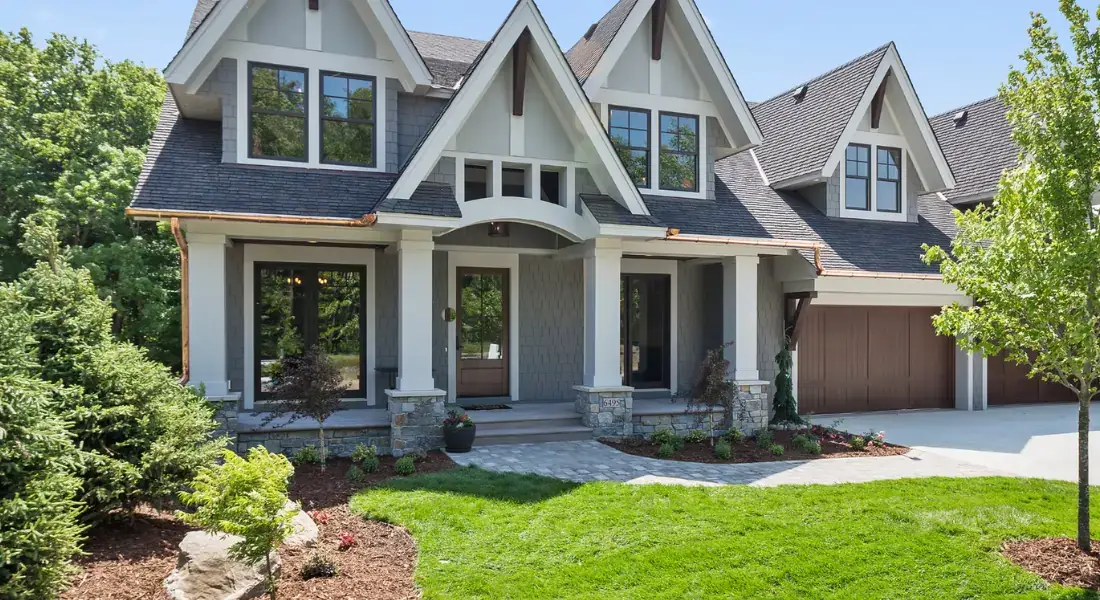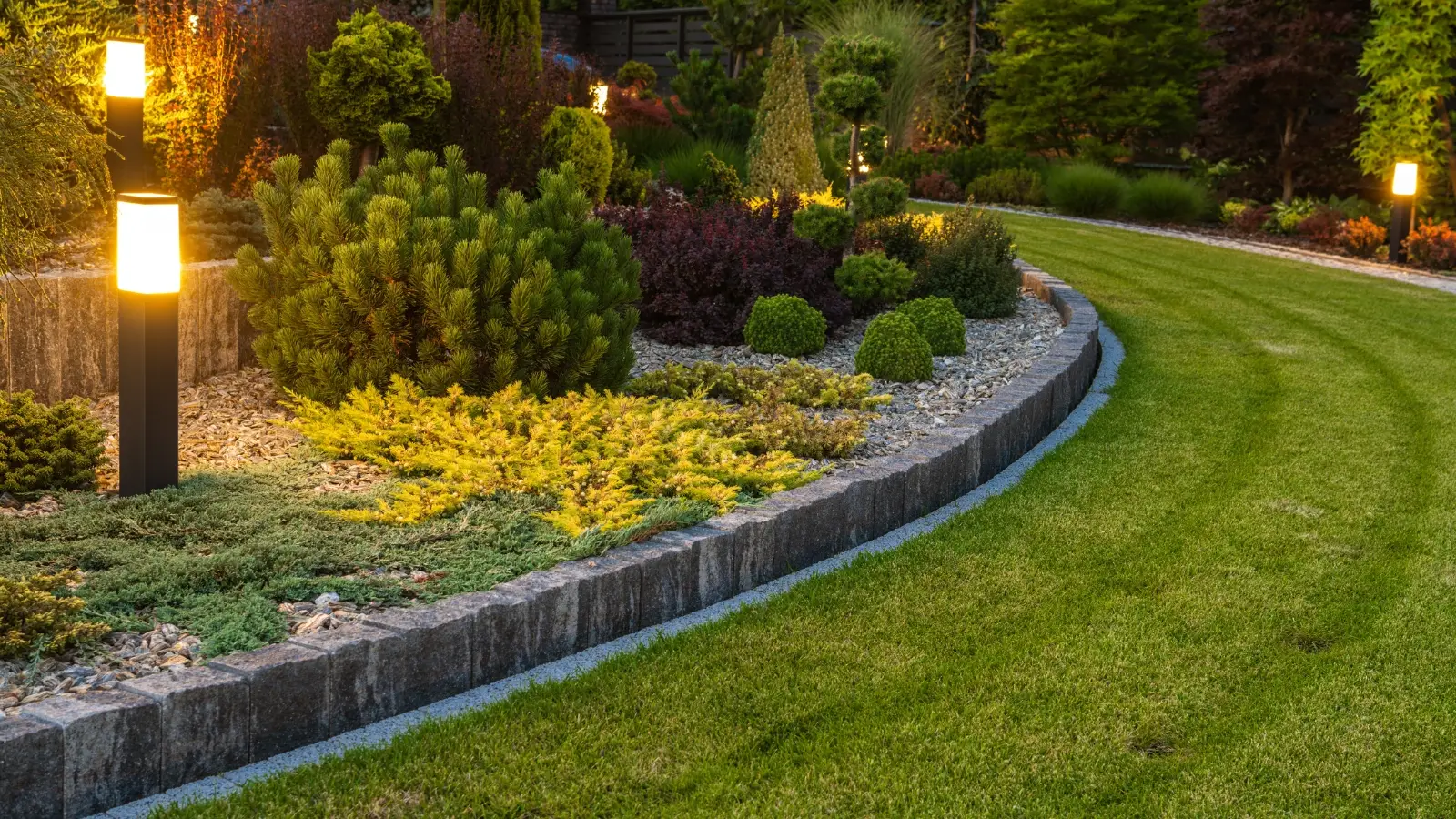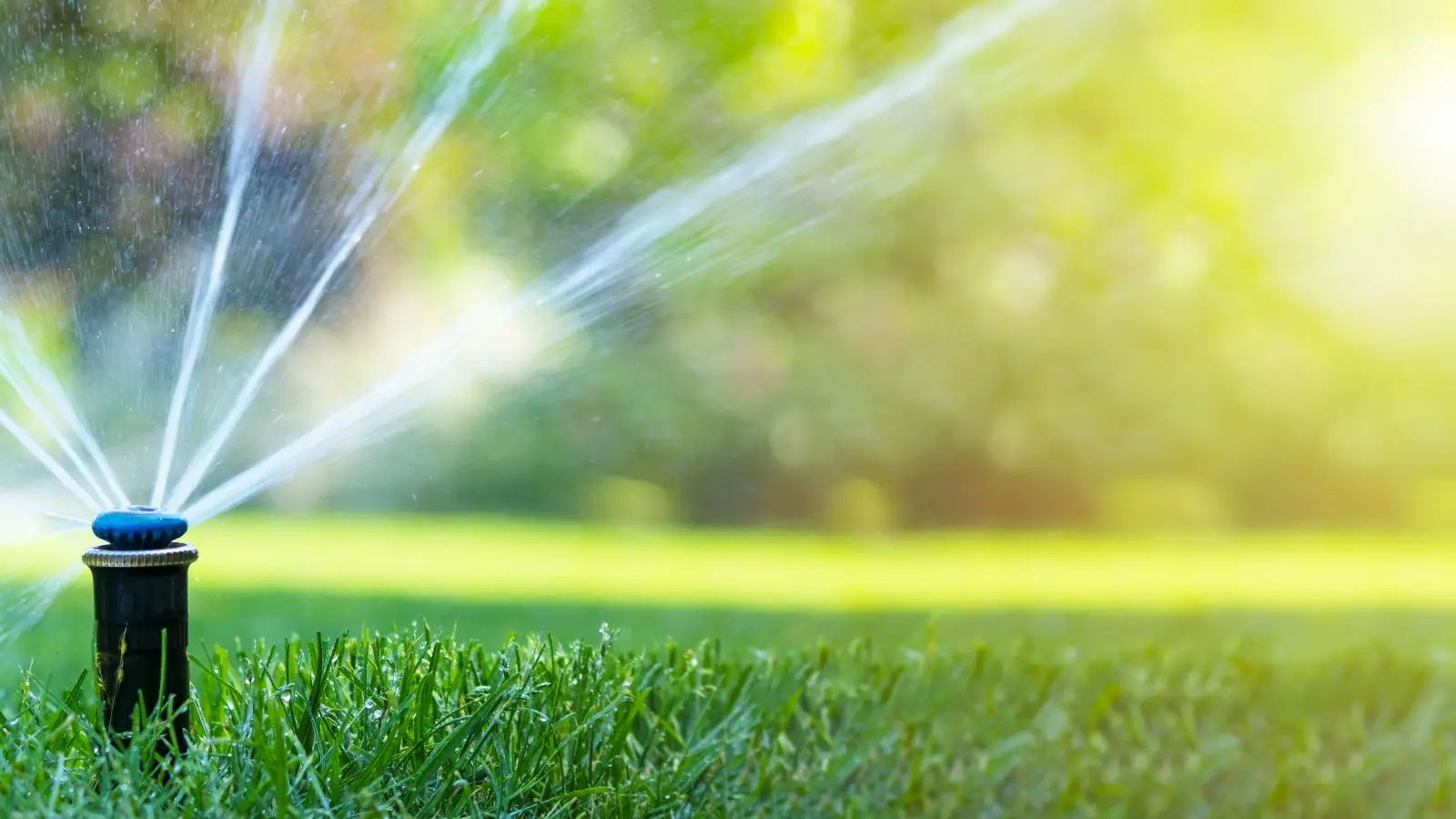A beautiful yard doesn’t have to come with constant upkeep. Whether you’re a busy homeowner or just not a fan of spending weekends pulling weeds and pruning shrubs, low-maintenance landscaping offers a way to have a stunning outdoor space with minimal effort.
From smart plant choices to clever design elements, these 10 ideas will help you create a yard that looks great year-round without the backbreaking labor.
1. Choose Native and Drought-Tolerant Plants
The foundation of any low-maintenance landscape is plant selection. Native plants and drought-tolerant species are adapted to your local environment, meaning they need less water, fertilizer, and attention to thrive.
Benefits:
- Less watering and fertilizing
- Lower risk of pests and disease
- Minimal pruning and trimming
Look for perennials like lavender, ornamental grasses, sedum, echinacea, and salvia all beautiful, resilient, and low-fuss.
2. Reduce or Replace Lawn Space
Traditional lawns are one of the most high-maintenance parts of a yard. Mowing, watering, fertilizing, and weed control can eat up hours each month. Reducing the size of your lawn or replacing it entirely with alternatives can save time and resources.
Low-Maintenance Alternatives:
- Artificial turf
- Groundcovers like creeping thyme or clover
- Gravel or mulch beds
- Wildflower meadows
If you do keep a lawn, choose a low-mow grass variety and let it grow a bit longer to reduce stress and water needs.
3. Use Mulch Generously
Mulch is a simple, powerful tool for cutting down on garden chores. It suppresses weeds, locks in moisture, and regulates soil temperature.
Best Mulch Materials:
- Shredded bark
- Wood chips
- Pine straw
- Compost
Apply a 2-3 inch layer around plants and beds just be sure to leave a little breathing room around plant stems.
4. Install Automatic Irrigation
Watering by hand is time-consuming and often inefficient. A smart irrigation system ensures your plants get just the right amount of water when they need it.
Smart Irrigation Tips:
- Drip irrigation for precise root-level watering
- Soaker hoses for beds and borders
- Programmable timers or weather-based controllers
- Rain sensors to prevent overwatering
Once it’s set up, you won’t have to think twice about keeping your garden hydrated.
5. Use Evergreens and Structural Plants
Evergreens offer year-round beauty without seasonal fuss. Pair them with structural shrubs that keep their form naturally without frequent pruning.
Examples:
- Boxwood
- Juniper
- Yew
- Dwarf pine
- Holly
These plants create a solid framework for your garden, stay green through the seasons, and need very little attention.
6. Create Hardscape Areas
Adding patios, walkways, or gravel zones reduces the amount of plant care you need to manage. Hardscaping offers structure and usability without ongoing maintenance.
Popular Low Maintenance Hardscape Options:
- Flagstone patios
- Decomposed granite paths
- Concrete pavers
- Brick edging
Bonus: these areas are perfect for outdoor dining, lounging, or container gardening.
7. Opt for Perennials Over Annuals
Annuals may offer quick color, but they need to be replanted every year. Perennials come back year after year with little effort on your part.
Reliable Perennials:
- Black-eyed Susan
- Hostas
- Daylilies
- Coneflowers
- Heuchera
Plant them once, and enjoy a colorful, low maintenance display for years to come.
8. Group Plants by Water and Sun Needs
This design strategy, called hydrozoning, saves time and avoids overwatering or under-watering.
How to Do It:
- Place drought-tolerant plants together
- Group shade-lovers under trees or next to buildings
- Keep thirsty plants closer to your irrigation source
Hydrozoning creates a more efficient and manageable watering plan for your garden.
9. Use Raised Beds or Containers
Raised beds and planters give you more control over soil quality, drainage, and weeds. They also make gardening more accessible no bending, digging, or sprawling roots to manage.
Low Maintenance Container Tips:
- Choose self-watering pots
- Use quality potting soil with slow-release fertilizer
- Select compact plants with similar care needs
Raised beds are perfect for herbs, vegetables, and flowers all with minimal fuss.
10. Keep It Simple
The more complex your landscape, the more work it requires. A low-maintenance garden embraces simplicity and smart design.
Ways to Simplify:
- Stick to a limited plant palette
- Use mass plantings for visual impact
- Avoid fussy, high-maintenance plants like roses or topiary
- Choose natural shapes instead of rigid designs that require constant trimming
Minimalism in the garden doesn’t mean boring it means beautiful with less effort.
Final Thoughts
Low-maintenance landscaping doesn’t mean low impact. With the right plants, smart design, and a few strategic upgrades, you can create a stunning, functional outdoor space that practically takes care of itself.
Whether you’re updating your front yard, rethinking your backyard retreat, or starting from scratch, these 10 ideas will help you spend less time working in your garden and more time enjoying it.
